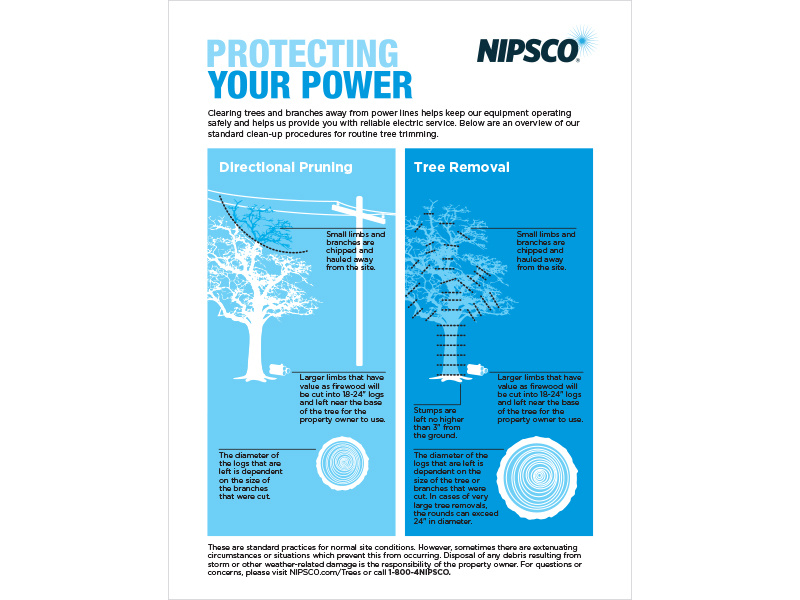Seasonal Tree Stewardship: Techniques For Correctly Taking Care Of Trees Before And After They Are Taken Down
Seasonal Tree Stewardship: Techniques For Correctly Taking Care Of Trees Before And After They Are Taken Down
Blog Article
Web Content By-
When it comes to seasonal tree treatment, making certain proper monitoring prior to and after removal can substantially influence the health and wellness and aesthetics of your landscape. By comprehending the needed steps associated with evaluating tree wellness and preparing for removal, you can proactively protect your building. Yet what about the important methods to follow once the tree is gone? Remain tuned to discover the important post-removal care measures that will certainly assist you grow a flourishing and lasting atmosphere for your trees.
Pre-Removal Tree Care
Before attending to the removal of a tree, it's important to focus on pre-removal tree treatment. Beginning by analyzing the tree's wellness and structural stability. Look for indications of illness, pest invasions, or any kind of architectural concerns that might present a safety and security risk throughout elimination. It's vital to talk to a certified arborist to determine the most effective strategy.
Trimming dead or diseased branches can stop further damages to the tree and ensure a smoother removal process.
In addition, take into consideration the ecological effect of removing the tree. Trees play an important duty in our community, so planting a brand-new tree in an ideal area can assist offset any kind of loss. Make certain that you have the required licenses and authorizations for tree removal, specifically if the tree is secured by neighborhood regulations.
Seasonal Maintenance Tips
Evaluating your tree's requirements throughout the year is essential for its health and wellness and long life. To keep your trees in leading condition, comply with these seasonal upkeep pointers.
In springtime, focus on pruning to eliminate dead or broken branches and urge new growth.
Summertime calls for regular watering, especially throughout droughts, to guarantee your tree remains hydrated.
As loss techniques, watch out for very early indications of condition or anxiety, and consider using compost to safeguard the origins during winter.
In wintertime, be cautious when eliminating snow from branches to stop breakage, and remain to check your tree's overall health.
Keep in mind to adjust your care routine based upon the particular requirements of your tree species and local climate. By remaining conscientious and aggressive throughout the periods, you can assist your trees prosper and grow for many years to find.
Post-Removal Tree Care
To make sure the health and wellness of your landscape also after tree removal, correct post-removal care is crucial. After a tree is eliminated, it's critical to fill the remaining opening with topsoil and small it to avoid settling. This will assist keep the integrity of the ground and avoid possible hazards in the future.
Think about growing new vegetation instead of the eliminated tree to recover the balance and appearances of your landscape. Regularly water the area to promote the growth of new plants and prevent dirt disintegration.
Examine maintenance need surrounding trees for any kind of indications of condition or stress and anxiety that might have been triggered by the gotten rid of tree. Keep an eye out for bugs that might've been brought in to the previous tree and take preventive measures to shield the staying plants.
If required, talk to a professional arborist to evaluate the influence of the removal on the surrounding trees and establish any type of additional treatment needed. By complying with these post-removal care actions, you can make sure the ongoing health and appeal of your landscape.
Conclusion
Finally, positive seasonal tree treatment is essential for maintaining the health and wellness and equilibrium of your landscape. By analyzing tree health, trimming, and seeking advice from an arborist prior to removal, you can guarantee a safe procedure. After removal, filling the hole, planting brand-new plants, and regular watering will promote brand-new growth and stop disintegration. Keep in mind to check bordering trees for illness and seek additional care procedures from an arborist to maintain your landscape growing.
